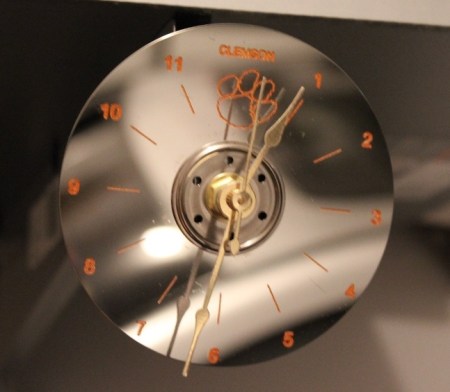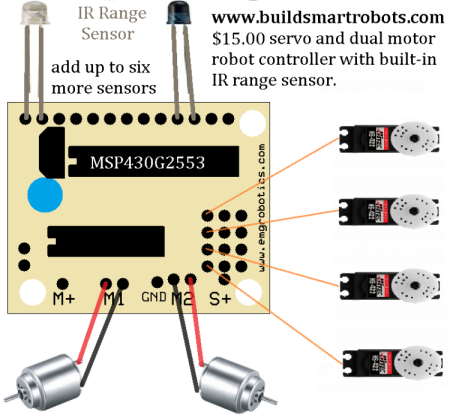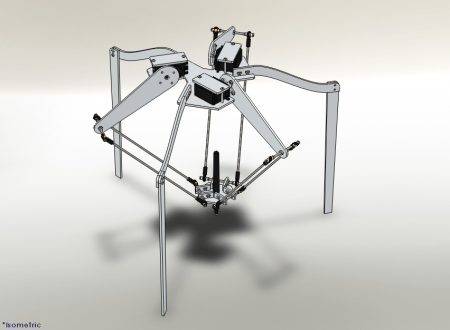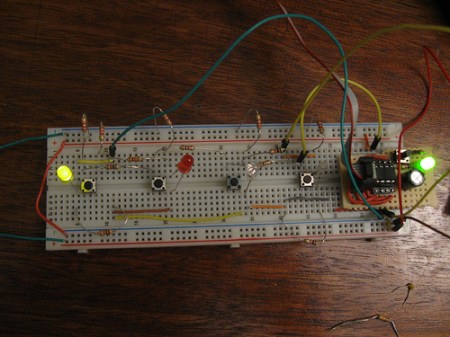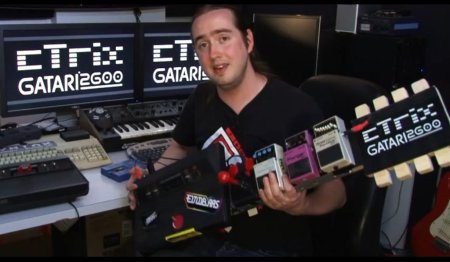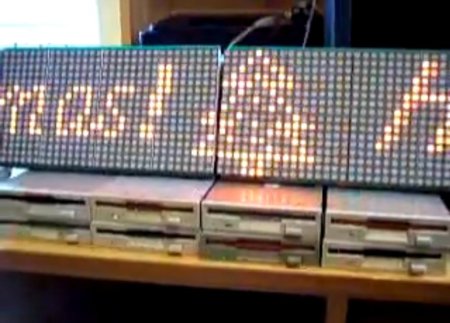So your hard drive quit working. Don’t despair, with a “little” work your disk can be repurposed into a clock like the one seen above. I made this clock after several iterations of various success, including the first revision, which was simply the platter with a clock kit from a hobby store screwed into the middle. Still a very neat effect, but if you want to actually tell what time it is, it helps to have the numbers available.
For this, you’ll need some sort of CNC machine (a kit-build router in this case), and some way to generate the Gcode to get everything cut correctly. A guide to how the logo was eventually turned into something a machine could understand is provided here. Of course if you’re not sure what logo would look good on your clock, you can always skip a few steps and engrave the our logo. In this [HAD] article, it’s conveniently provided in .dxf format, which can be converted by a CAM (computer-aided manufacturing) program into code that your machine can understand.
Check out after the break for a video of two “platter clocks” being engraved using these methods: Continue reading “Trashed Hard Drive? Why Not An Engraved Clock?”

